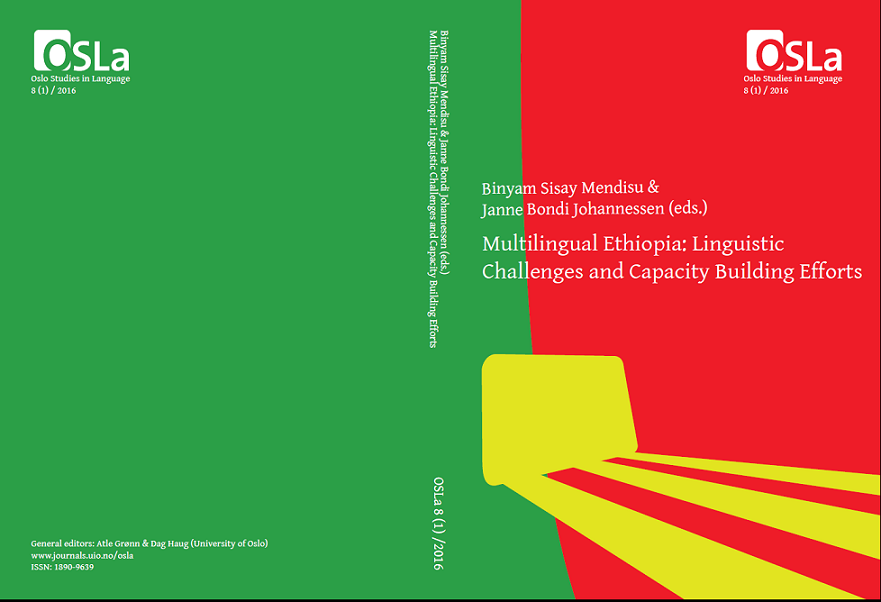Negation in Hamar
DOI:
https://doi.org/10.5617/osla.4420Abstract
This study deals with the negation of declarative and interrogative main clauses, imperatives, and non-verbal and existential sentences in Hamar, an Aroid language of the Omotic language family. It describes the ways in which negation is expressed in the language, and positions the discussion in light of cross-linguistic observations made by Dahl (1979, 2010), Payne (1985), Miestamo (2005, 2007), Eriksen (2011) and others. The morpheme -t- is used in Hamar to mark negation in both verbal and non-verbal clauses. This means that Hamar has a morphological or affixal negation (Dahl 2010). The language uses two different sets of subject agreement affixes for the affirmative and negative counterparts. While affirmative sentences employ a shortened pronoun, a set of agreement suffixes is used in the negative. In this study, it is suggested that the negative verbs may have preserved older subject agreement morphemes which are now lost in the affirmative, as negatives are less affected by innovation, cf. Zargulla in Azeb 2009 and Canadian French in Poplack 2001. Moreover, close interaction is reported between negation and TAM (Tense, Aspect and Mood) categories. For example, some of the aspect/tense categories that occur in the affirmative are neutralised in the negative. Negative constructions in Hamar are not only different from their affirmative counterparts due to the presence of the negation morpheme –t-, but also in terms of subject agreement marking and tense/aspect categories. As a result, it is argued that Hamar has an asymmetric negation system, cf. Miestamo 2005.Downloads
Published
2017-02-10



